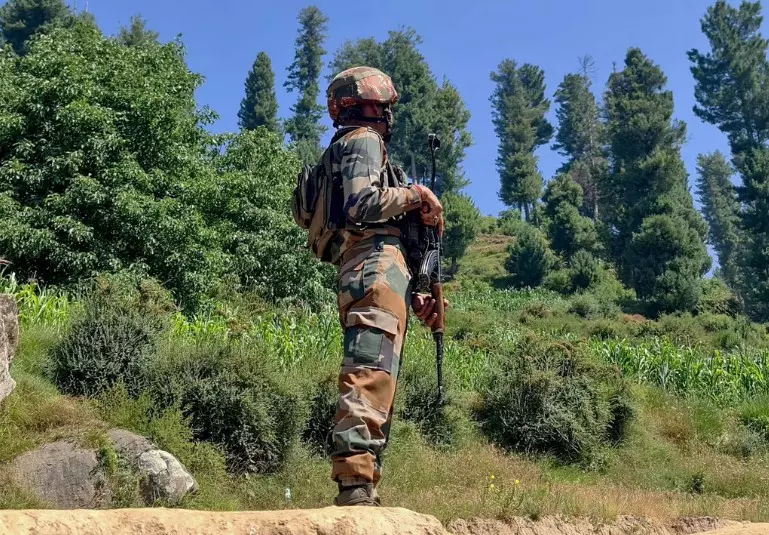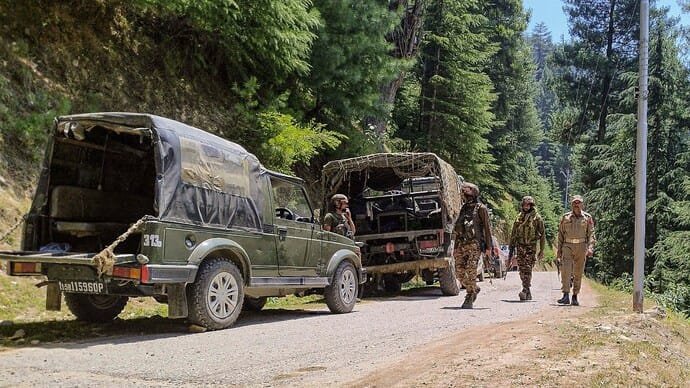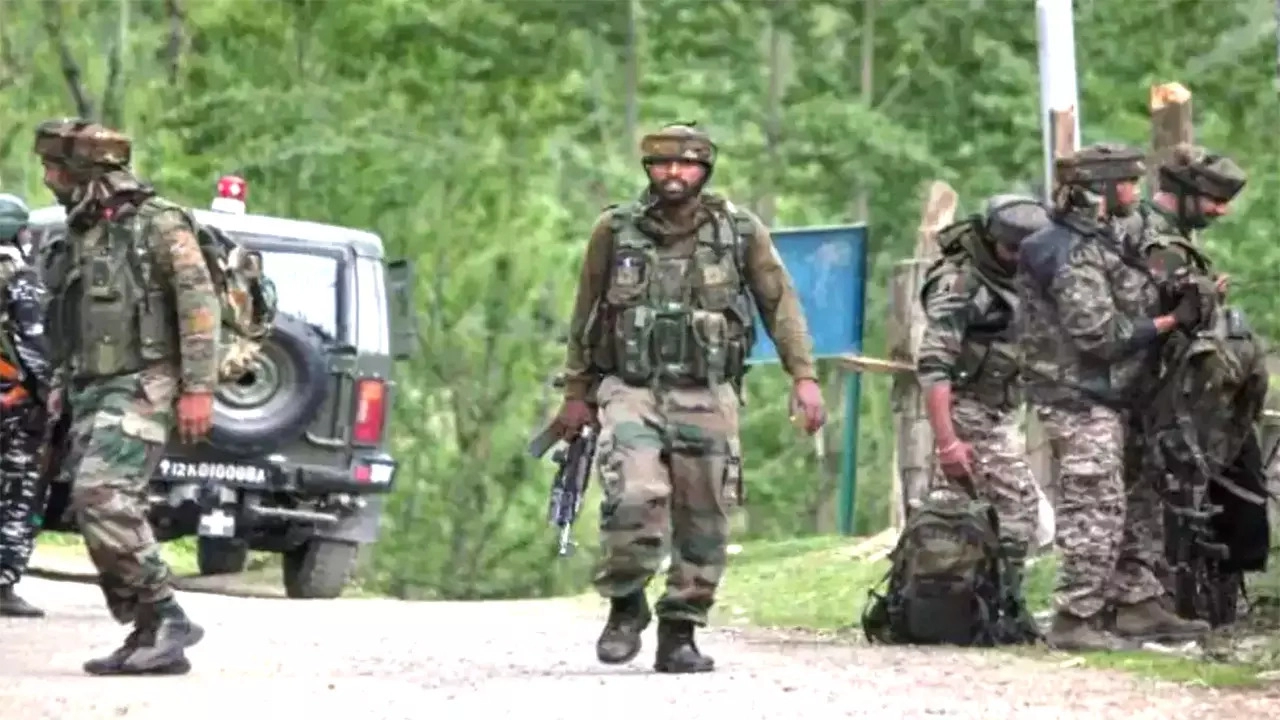Key Highlights:
It recorded the new high of anti-terror operations in the Jammu and Kashmir district of Kishtwar where an Indian Army officer lost his life and three commandos were left injured as terrorists launched an attack on them in a gunbattle on November 10, 2024. The incident is just another reminder of the gauntlet that security forces are undergoing in the region.
The Encounter: A Detailed Report
The operation commenced in the Bhart Ridge of Kishtwar, as intelligence inputs reported the existence of armed militants. Search operation by joint teams of Indian Army and Jammu and Kashmir Police began around 11 am. When the forces advanced toward the alleged hideout, they were greeted with full-fledged firing by the terrorists, and the encounter went on for a long time.

In the operation, Junior Commissioned Officer (JCO) Naib Subedar Rakesh Kumar of 2 Para (Special Forces) was killed. Three more commandos were also injured and had been taken to nearby military hospital for their treatment. The operation is yet to be over, and the remaining reinforcement has been sent to nab the remaining threats.
History: Growing Militancy in Kishtwar
A place that was once seen as relatively quiet, Kishtwar has recently seen a resurgence in militant activities. The difficult terrain that includes dense forests and mountains makes it conducive for insurgents, thereby becoming a challenge to counter-terrorism in the district.

The recent spree of violence includes the kidnapping and murder of two VDGs, Nazir Ahmad and Kuldeep Kumar, whose bodies were recovered with bullet injuries. This incident witnessed intensified search operations in the forests of Kuntwara and Keshwan before the encounter on November 10.
Response Strategy of Security Forces
Response: Security agencies have reframed their strategies, working on more intelligence-based operations and greater coordination among all forces. The deployment of specialized units, such as the Para (Special Forces), reflects a desire to use precision to meet the insurgency at the points where it lacks effectiveness.
Operationally, the use of more advanced technologies like drones and satellite images has been integrated into operations to monitor militant movements and hideouts. However, this does not take away from the randomness and unpredictability of guerrilla warfare in the area.
Impact on the Local Communities
It has the adverse impact on the local communities but instills fear and disrupts people’s lifestyles. That this is possible-killing VDGs-raises questions regarding the security of civilians and the strength of community defense mechanisms.
Local administrations initiated outreach programs to carry out the message of reassurance and cooperation to the residents. The VDCs are being trained and empowered with training and other apparatus, so as to make them more capable of keeping their community safe.
Political and Social Consequences
Renewed violence in Kishtwar poses broad political and social implications because it once again proved that the narrative of stability in Jammu and Kashmir is flawed and exposed chinks in the existing counter-insurgency policies.
Political leaders have pushed for an exhaustive review of security policies and greater involvement with the locals to address the very issues that fuel militancy. Consensus is building up that what the country requires is a 360-degree policy that incorporates military operations in concert with socio-economic development initiatives to cripple the very appeal of insurgency.
Homages and National Reaction
Naib Subedar Rakesh Kumar: The nation pays tribute to Naib Subedar Rakesh Kumar’s sacrifice. Indian Army’s 16 Corps condoled, “The nation salutes the supreme sacrifice of Naib Subedar Rakesh Kumar. His family is in our thoughts in this hour of grief.”
Defence Minister Rajnath Singh paid his tribute, too, and added that the government is committed to the fight against terrorism and citizens’ security. He reemphasized the resolve to continue operations against insurgents to restore peace in the region.
Looking Ahead: Challenges and Strategies
The Kishtwar incident exemplifies the challenges still plaguing militancy in Jammu and Kashmir. The terrain, ever-changing insurgent tactics, and so on call for adaptive and resilient approaches by security forces.
Operations going ahead would, therefore, be on the lines of:
- Strengthening Human Intelligence Network: Human intelligence networks could be built upon and reinforced by using technological means to gain actionable insights into militant activities.
- Community Engagement: Empowerment and gaining the trust of local populations to encourage information sharing and combat insurgent propaganda.
- Integrated Operations: Assuring effective coordination between the various security agencies in order to optimally use resources with an aim toward optimum operational efficiency.
- Capacity Building: Better training and equipping of security personnel for tackling complexities of operations against insurgency in challenging terrains.
The road to sustainable peace in Kishtwar, or indeed in the vast expanse of the Jammu and Kashmir region, is certainly grueling. But along such a road, stability and prosperity will come if security forces press towards it with strategic adaptations and community support.
For Latest News Updates Click Here
